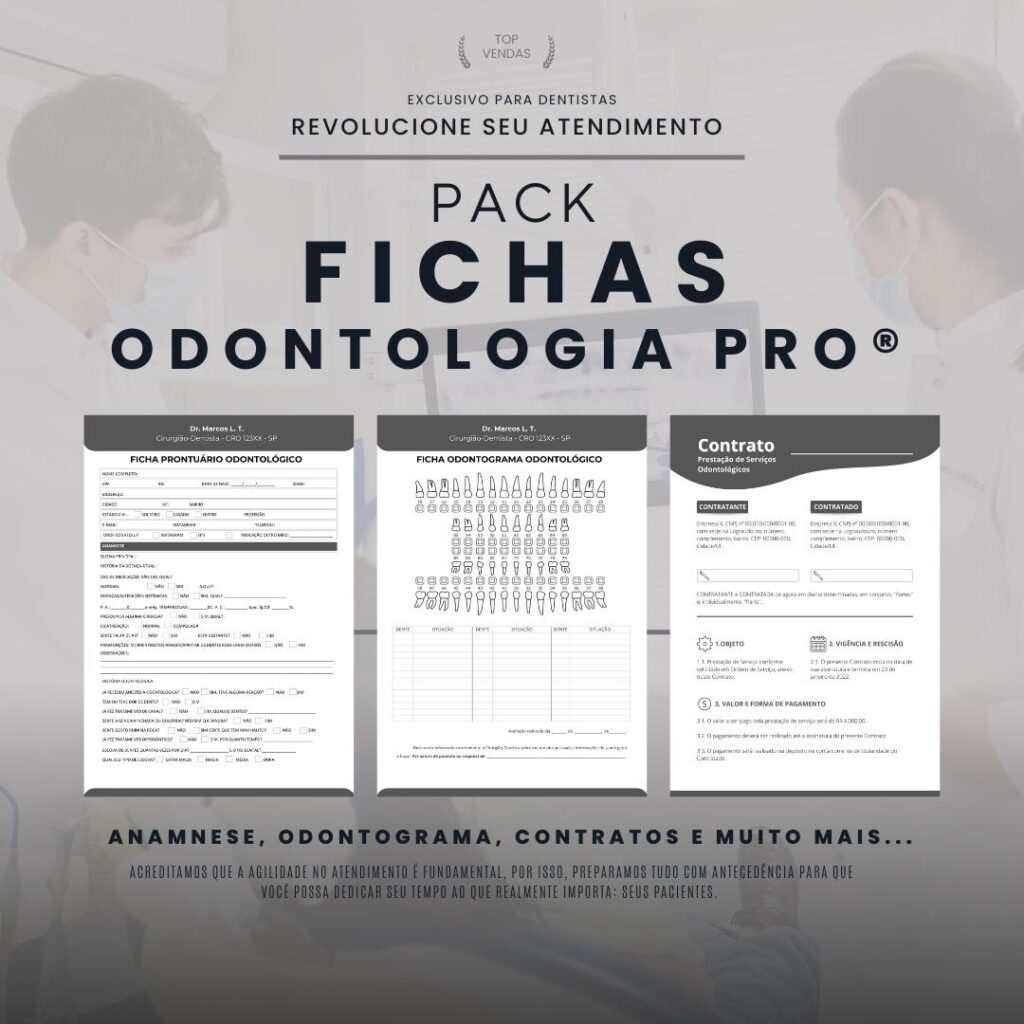What are 3D printed dental models?
3D printed dental models are three-dimensional replicas of a patient’s teeth and gums, created from precise intraoral scans. These models are produced using 3D printing technology, which allows for the creation of highly accurate and customized dental molds.
Benefits of 3D Printed Dental Models
1. Accuracy and personalization
3D printing technology enables the creation of extremely precise dental models that faithfully reproduce the anatomy of the patient's mouth. This precision is essential for dental procedures such as denture fitting, orthodontic alignment and implant planning.
Customization is also a major benefit, as 3D printed dental models can be tailored to the specific needs of each patient. Every set of teeth is unique, and 3D models ensure an accurate reproduction of each person’s individual characteristics.
2. Reduction of time and costs
Compared to traditional methods of creating dental impressions, 3D printed models offer significant savings in both time and cost. Intraoral scanning allows the geometry of teeth and gums to be captured quickly and accurately, eliminating the need for time-consuming and resource-intensive physical impressions.
Additionally, 3D printed dental models can be shared digitally between dental professionals, facilitating collaboration and streamlining treatment planning.
3. Improved communication with the patient
3D printed dental models allow for better communication between the dental professional and the patient. By viewing and manipulating a physical replica of their own teeth, the patient has a clearer understanding of their oral condition and the procedures that will be performed. This helps to increase the patient’s confidence and active participation in their own treatment.
Applications of 3D printed dental models
1. Dental implant planning
3D printed dental models are essential in dental implant planning. They allow a detailed assessment of the bone structure and oral anatomy, helping to determine the ideal location for implant insertion.
Additionally, 3D models can be used to create customized surgical guides, which help ensure accuracy during implant surgery.
2. Orthodontic alignment
By using 3D printed dental models, it is possible to accurately plan the movement of teeth during orthodontic treatment. 3D models allow the simulation of different techniques and adjustments, helping the dental professional to create a personalized and efficient treatment plan.
Additionally, 3D printed models can be used as guides for the manufacture of customized orthodontic appliances, speeding up the manufacturing process and improving the final results.
3. Dental teaching and research
3D printed dental models also play an important role in dental education and research. They allow students and researchers to better visualize and study dental anatomy, facilitating the understanding of dental concepts and techniques.
Furthermore, 3D models can be used for testing and experiments, enabling the development of new dental approaches and materials.
Conclusion
3D printed dental models represent a revolution in the creation of dental impressions, offering benefits such as accuracy, customization, reduced time and costs, improved communication with the patient and several clinical and academic applications.
The adoption of this technology has the potential to transform dentistry, enabling more efficient, faster and more personalized treatments. Dental professionals who use 3D printed dental models are at the forefront of the industry, offering their patients a high-quality dental experience and superior end results.






